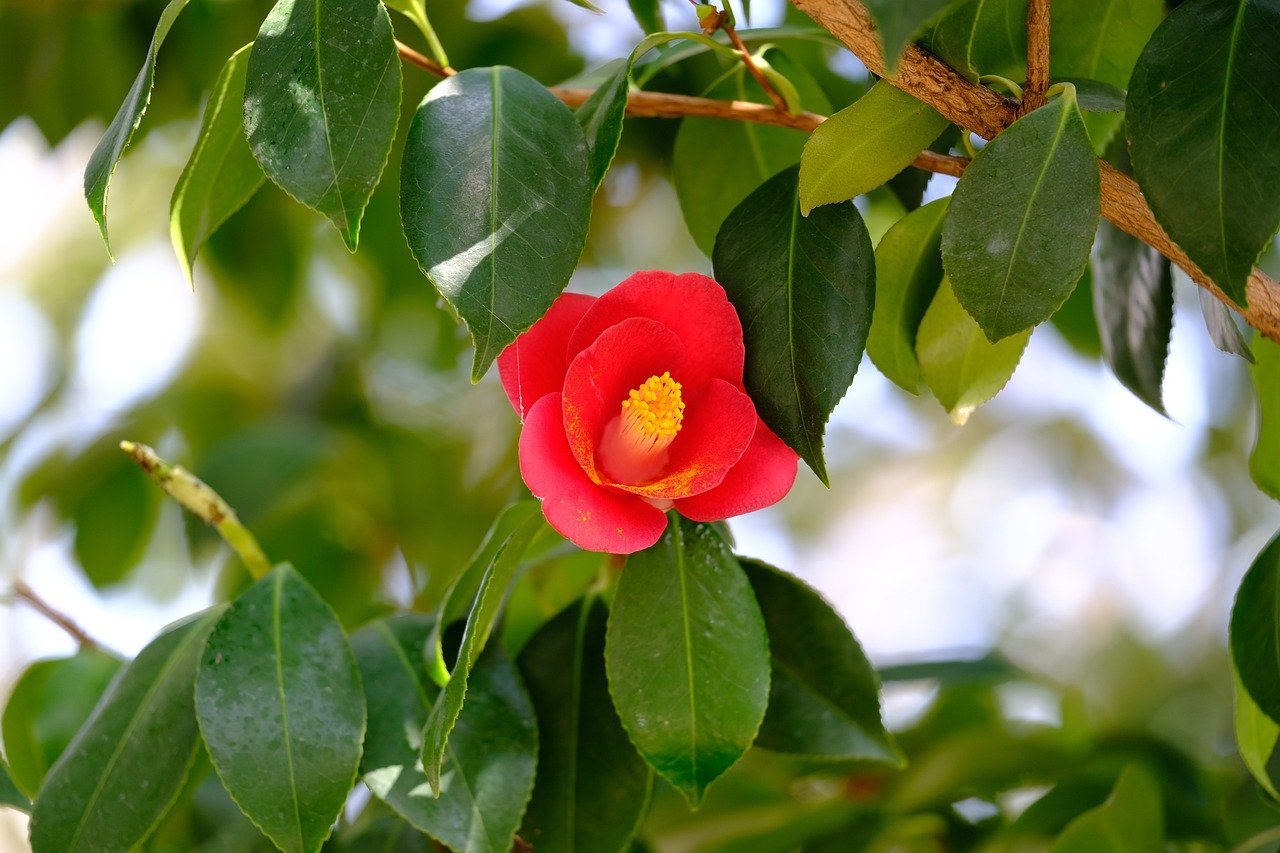Table of Contents
Camellias, known as the Queens of the Winter Flowers, are lovely evergreen shrubs admired for their superb blooms, magnificent evergreen leaves, and compact slender habits. Camellia blooms at the beginning of April, especially during the warmer climates. It has enormous, luxuriant blossoms and glossy and dark green foliage.
From late fall through mid-spring, these bushes bloom profusely for weeks while showcasing stunning red, white, cream, and pink hues. Camelia has three types: camellia oleifera, camellia sinesis, and camellia japonica. The plants are lovely because of their lovely flowers. No matter what, it needs proper growing and maintenance to hold this beauty. There are a few guidelines you can stick to while growing camellias in pots to make sure they grow well and stay healthy. Below are some suggestions.
Applications of Camellia
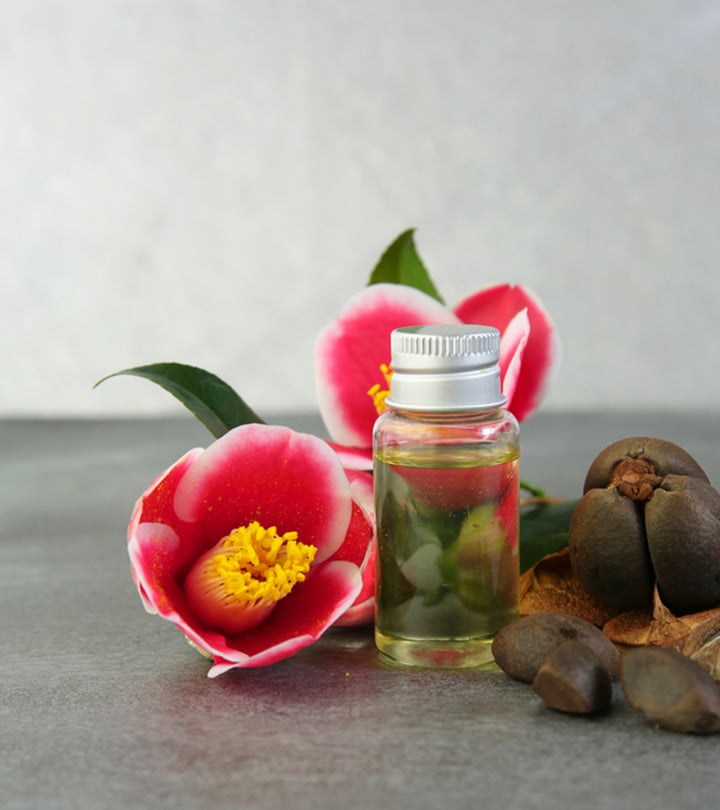
The entire camellia plant is helpful in some way or the other. The flower is applied on the face, scalp, hair, and body to improve the appearance and texture of the skin. Fermentation can be done by extracting the oil from the flowers. In addition, the Camellia sinensis plant is utilized for kitchens, cosmetics, landscaped gardens, and tea oil production.
With its aroma, colour, and flavour – tea has been known as a symbol and inspiration for thousands of years. The Camellia plant is native to Asia. The leaves and petals are used as a traditional medicine due to their antiviral, antioxidant, neuroprotective, hypolipidemic, anti-obesity, and anti-inflammatory characteristics.
Tips to Grow Camellia in Pots
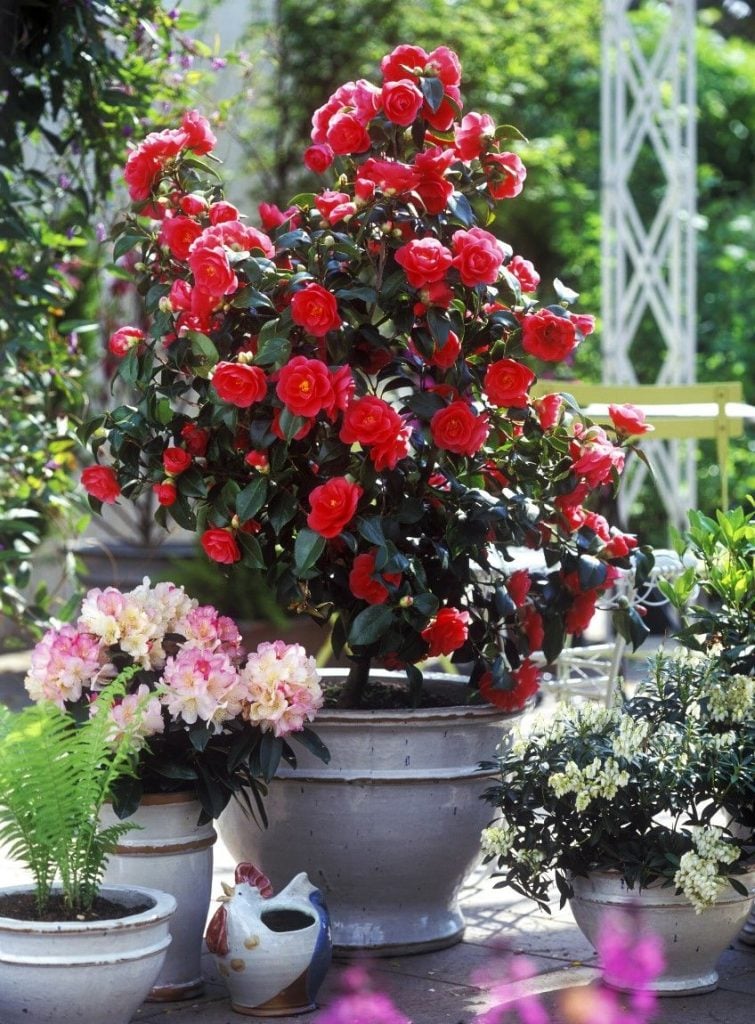
Although camelia plants have been known for being picky and demanding – a lot relies on how they are planted. Your camelia plant upkeep will drastically reduce if you try to grow this small tree correctly. The attractive foundation of these plants is excellent because of their vivid protracted blooming flowers. It only requires a little room or direct sunlight, so growing camellias in pots is a perfect option. The vibrant blossoms and glossy, deep green foliage of camellias planted in pots make them attractive. They create a beautiful garden focal point when in bloom.
1. Choose the Right Container
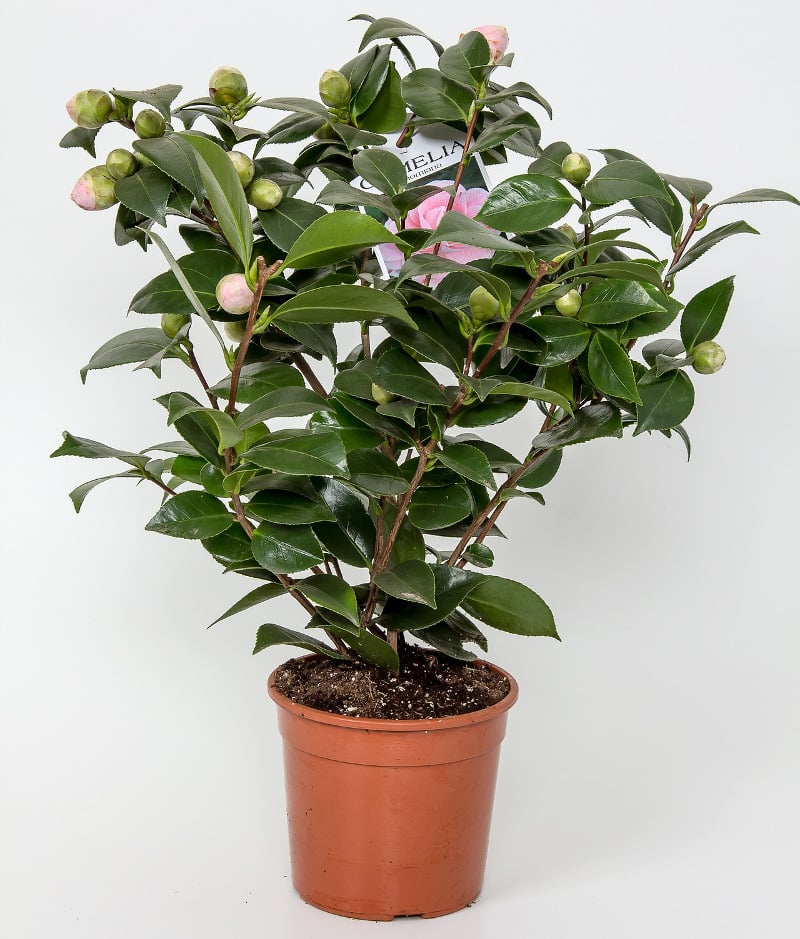
If your garden doesn’t have acidic soil, growing camellias in pots is a beautiful alternative. Use a container at least 30cm wide with an ericaceous compost mixture that is ground-based and peat-free. Camellias should be planted in a temperate climate in the latter part of fall or early spring.
It is crucial not to put these plants in a massive pot since this can cause root rot. Because the pot materials tend to retain moisture, camellias grow best in pots made out of sturdy plastic or glazed ceramic.
Terracotta pots should not be used to plant camellias. They become too dry too soon. Seal it first to keep moisture in the soil. Any container you purchase should have drainage holes.
2. Use The Right Type of Soil
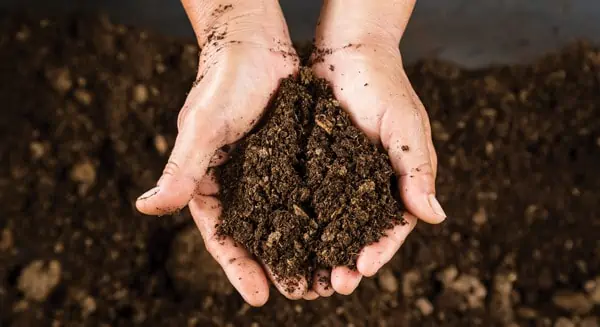
The ideal soil conditions for camellias are moderately acidic, i.e., having a pH of 5.5 to 6.5. In addition, the soil should be damp, well-drained, and rich in organic matter. Before planting camellias, it is always a good idea to test the ground to see whether lime or sulphur should be added to raise or lower the pH.
Sometime potting soils are often neutral. If that is the case, you must use acidic fertiliser when planting. Ensure you use well-draining soil for camellias high in nutrition and water-retentive. Fine potting soils incorporating drainage aides like pumice or perlite are sustainable options. This ensures that the nutrients are in while excessive water is out. Compost can also be added to this mixture before planting for better growth.
3. Position the Plant Perfectly
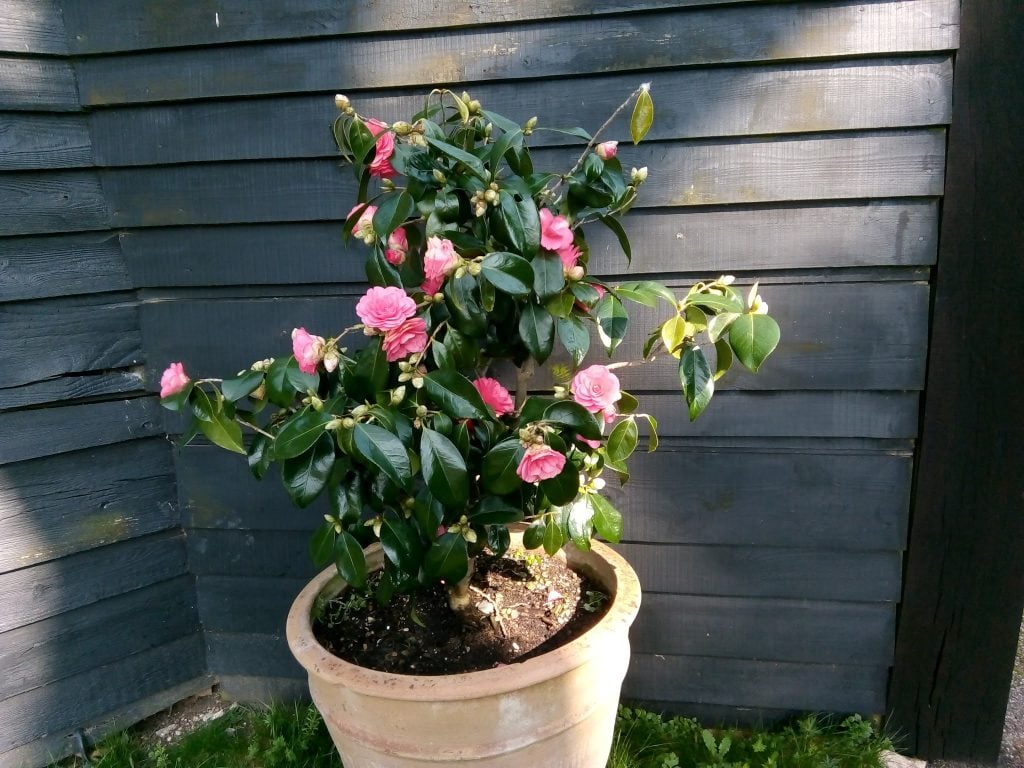
Perfect positioning of the plant is equally important as water. Choose a location with a light shade to shield your plant from the intense afternoon sun. Camellias cannot endure all-day exposure to direct sunlight. Camellias prefer filtered sunlight or shade. When faced east in the morning – these plants are more healthy. Furthermore, avoid placing camellia in a moist environment. Placing the camellia plant in a perfect position is the key to its successful growth.
4. Watering the Right Way
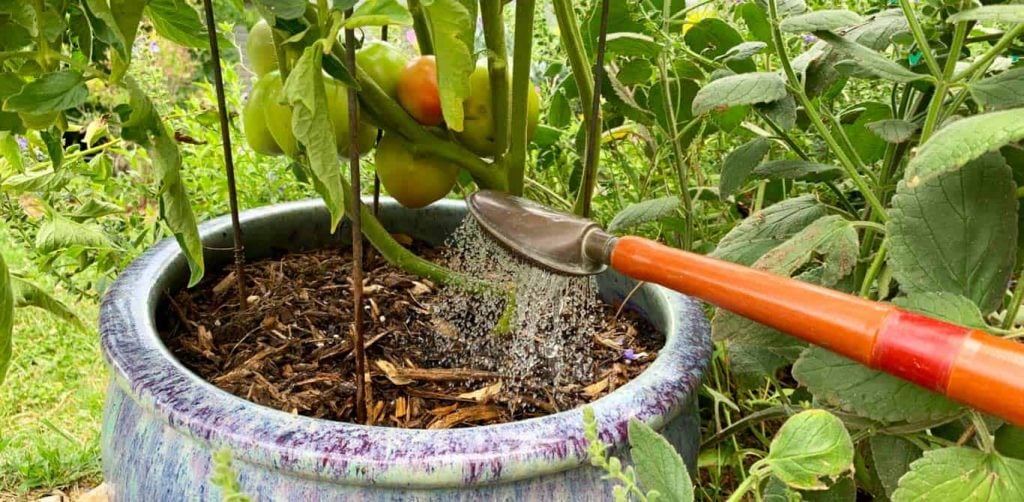
In addition to being necessary for healthy growth, water supports steady mineral intake and maximum cell expansion throughout the new development. Therefore, regular water supply interruptions might cause little stems and leaves by interfering with growth. In addition, the quality of flower buds will be impacted if they develop under water stress.
While watering, ensure the soil is saturated to a depth of 14 to 18 inches. Access to water is even more crucial, wildly when the flowers are blooming. To maintain a steady water supply, one must create a flexible watering plan that incorporates an irrigation system and monitoring tool, such as an essential rain gauge.
5. Fertilising the Plants
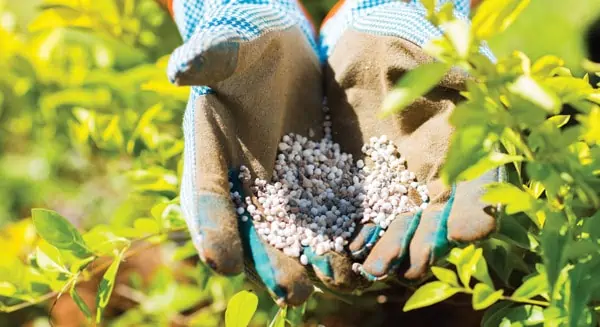
Sulphur fertilisers or iron fertilisers should be used to fertilise camellias since they love acidic soil. However, you ought to stay away from fertilisers that have more than 10% nitrogen. To find out application rates and guidelines, always consult a product panel.
6. Pruning Camellia Plants
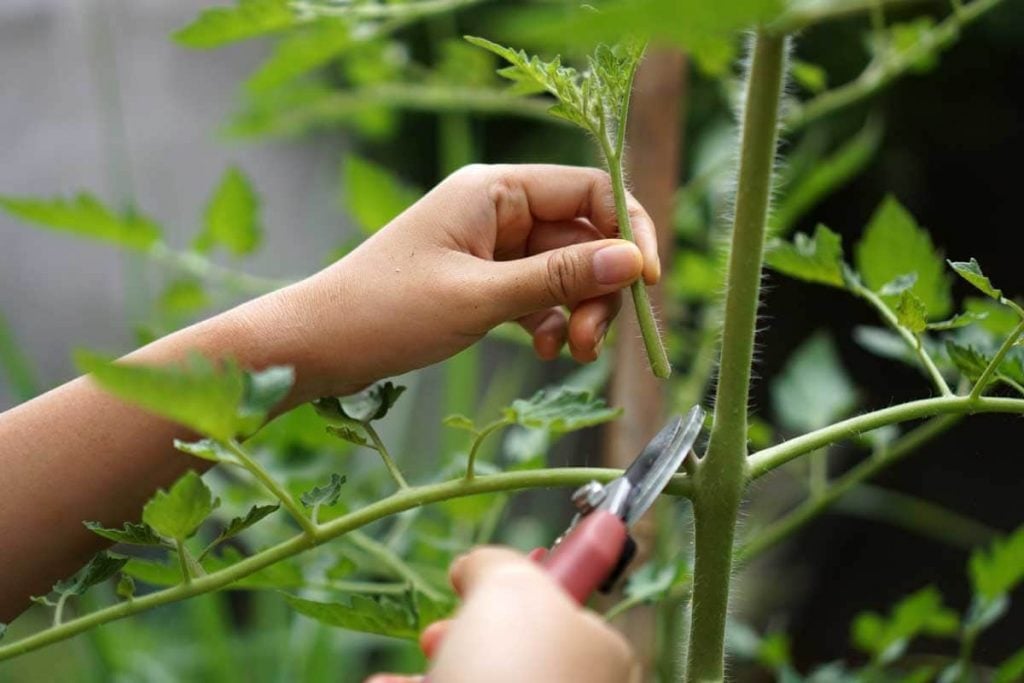
The optimum season for camellia makeovers is spring. You can prune the plants after enjoying blooms. The new growth starts soon after the blossoms have faded. A late spring cutting will allow light to enter the shrub’s interior.
Trimming allows you to reduce the size of an overgrown bush. Promote adequate ventilation within the plant by cutting down any sick, dead, or crossing-over branches.
7. Disease Control and Pests
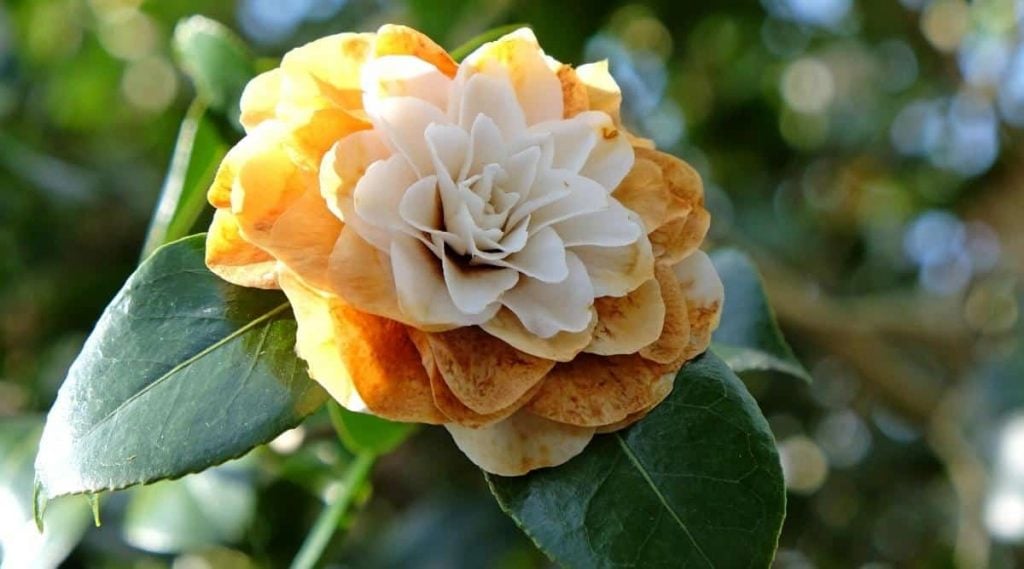
Watch for common pests on your camellia, including aphids, scale insects, and spider mites. Then, apply the necessary organic or chemical techniques such as an infestation appears. Insects and diseases can cause dieback and root rot in camellia plants.
On the other hand, horticultural oils and insecticidal soaps are effective treatments for most issues. Fungicides may also be necessary for significant fungus infections. When feasible, choose organic remedies because synthetic ones might harm or even kill beneficial insects.
8. Pollinating Camellia Plants
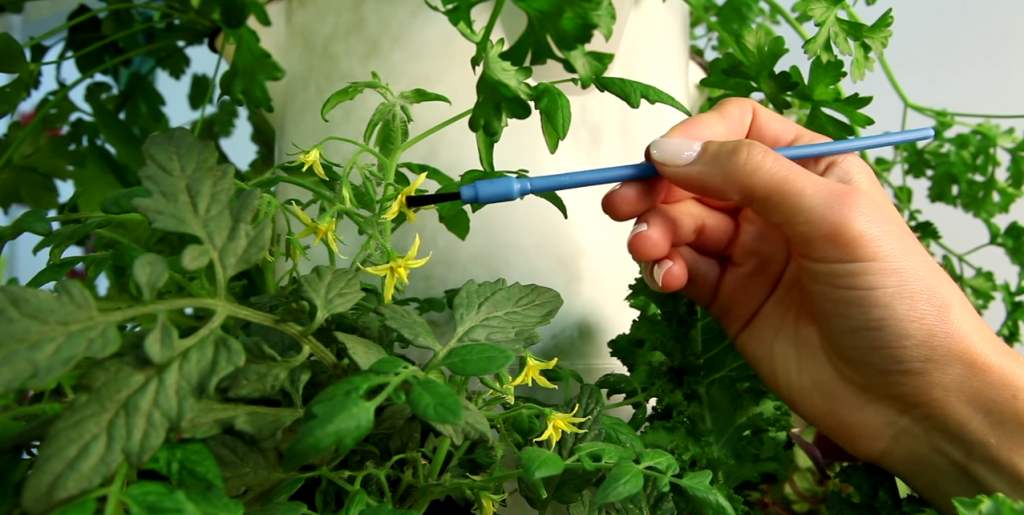
The majority of camellia plants are self-pollinating, which means they can reproduce without the aid of outside pollinators. However, you may raise the likelihood of adequate pollination. One way to move pollen between the stamens and pistil is to brush the flowers with a soft paintbrush softly. It guarantees that the pollen reaches the flower’s receptive area and imitates the pollinators’ function, which will ultimately help camellia plants produce more successfully overall.
9. Repotting Camellia Plants
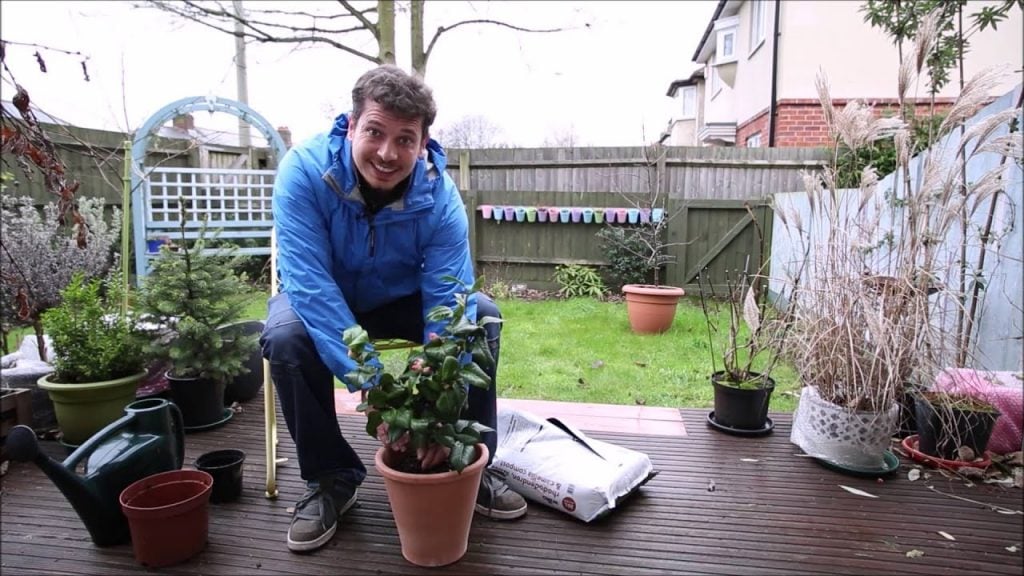
Repotting has a little window of time. So, wait until the blooms have faded, typically towards the end of spring, but buds have started to emerge before summer. When repotting or top-dressing camellias, bear in mind to use an ericaceous, lime-free compost and to water them thoroughly during the growing season. Pruning becomes essential when a plant has gotten too big for the garden, or it is starting to appear straggly!
Cut back into the growth from the previous season to encourage it to produce additional bushy growth. However, you will notice that every year the colour of the wood will be different than the previous one. Therefore, this process should be performed every year after the flowering.
10. Winter Protection
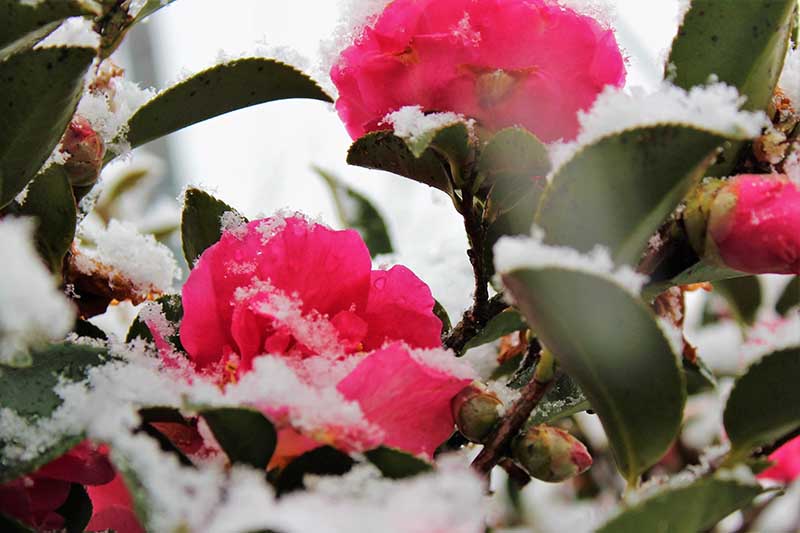
You ought to drape your bushes for added protection in locations where the temperature can go well below freezing. Plants can be covered in layers of bubble wrap, burlap, or horticultural fleece. Materials may be doubled if shallow temperatures are anticipated as long as light can still enter.
Because camellia’s root lacks the insulation the surrounding soil provides, pot-growing camellias are more susceptible to winter damage. Also, there is a high risk if compost gets soggy from water. Therefore, it is a good idea to transport small camellia plants into an indoor greenhouse, shed, or garage when the climate is exceptionally chill.
Bottom Line
Camellia plants are typically cultivated in pots to add beauty to hardscape environments. In addition, they serve as a rewarding and enjoyable experience, allowing the audience to enjoy their beautiful blooms even if there is limited space.
Growing these plants begin with choosing the right pot, which gives ample space for roots to expand. Followed by that is soil use, which should be well-draining and acidic. A mixture of pine bark, perlite, and peat moss will also be beneficial. Finally, position your potted camellias in such a way that it receives partial sunlight. In short, these plants are sensitive to UV lights!
Keep your plants away from diseases by using the proper techniques and products. Moreover, keep brushing them so that pollination is better. Above all, maintaining the plant should be the top priority – so love them and water them so they bloom wonderfully!
Frequently Asked Questions
Can Camellias Flourish in Pots?
Yes, camellias can grow well in pots. Especially when the garden soil is not acidic, it is ideal for planting camellias in pots so that acidity can be adjusted and appropriate for camellia plants to flourish.
How Can You Maintain the Health of Camellia Plants?
Plant camellia saplings in rich soiled locations that receive morning sun and afternoon shade for best results. As the plant grows older and the canopy begins to shade the roots, they can withstand more sun. In this way, the health of these plants can be maintained in combination with appropriate soiling and fertilising.
How Can You Speed Up Camellia Growth?
Give camellia plants the best circumstances for development. Ensure the plants get enough sunlight, frequent watering, and nutrient-rich, well-draining soil. During the growth season, provide a balanced fertiliser and cut them annually for better ventilation.
How Can Dying Camellia Plants Be Revived?
If your camellia plants start dying, prune them back to encourage healthy growth. If the plant appears completely dead – leave it until the fall to regenerate. Just keep the roots away from freezing temperatures.
Is Pollination Mandatory for Camellia Plants to Grow?
Camellia plants undergo self-pollinating. However, even you can do it with a soft paintbrush to promote their growth and keep them away from pests and diseases.

